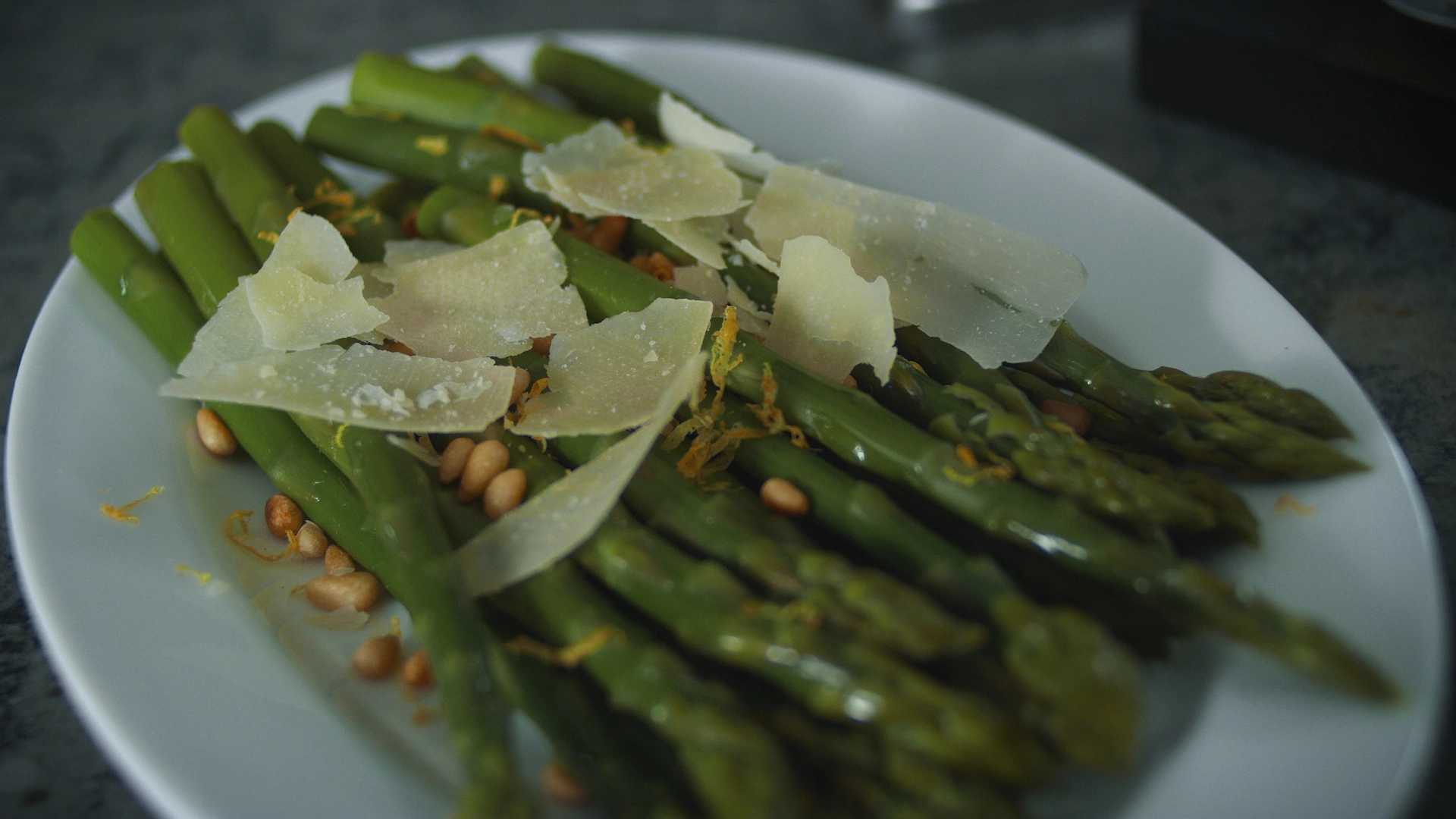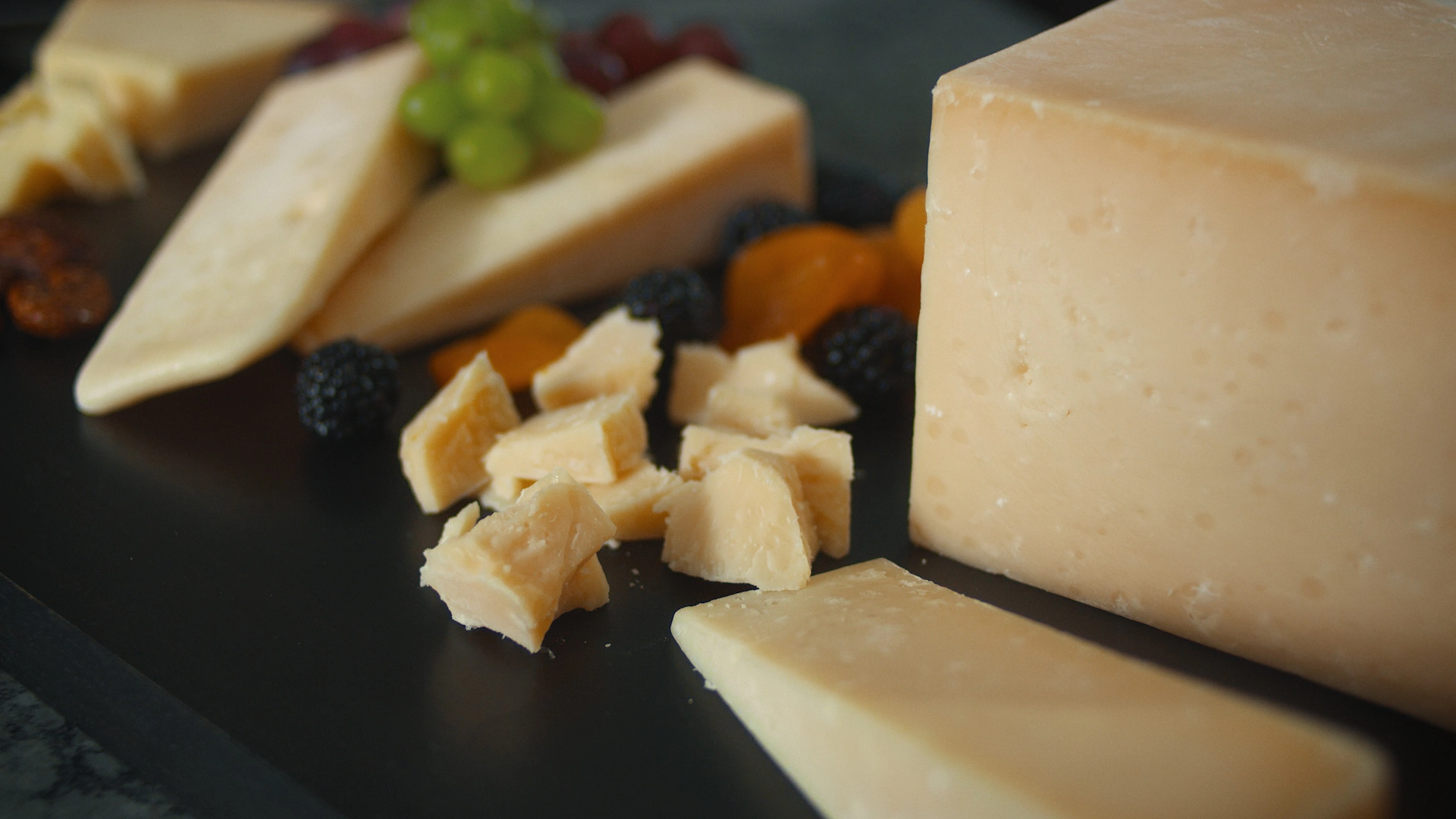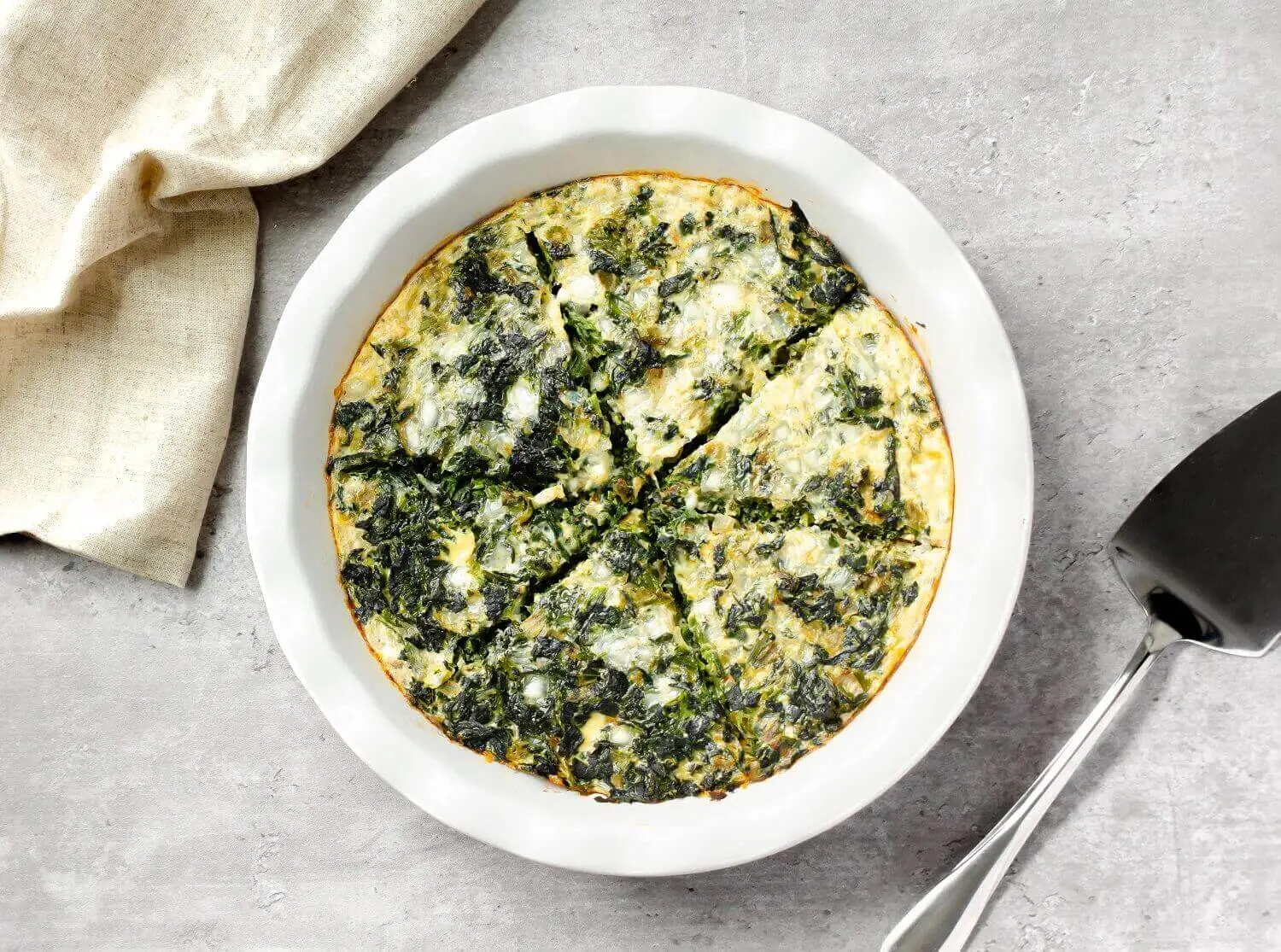Get to Know Parmesan Cheese
If a green container of cheese comes to mind when you hear “parmesan,” read on, because there’s so much more to this cheese. And its uses are endless.
Parmesan is a pale-yellow, hard cheese made of cow’s milk with a natural rind and a grainy texture. It can be purchased in wheels, wedges or blocks. Not to mention it can be shredded, shaved and grated into your favorite dish.
It’s the ultimate versatile cheese because, while savory (some versions have little crystals from the aging process), it’s also nutty and fruity—so fruity you can taste hints of pineapple flavors.
In the United States, it’s a must-have for pastas or sprinkled over pizzas. But did you know the rind can be used to flavor and thicken homecooked soups? Thin slices add texture to a salad. Or drizzle balsamic vinegar over chunks for a snack.
There are cheesemakers throughout the world that sell parmesans based on what originated in Italy, called Parmigiano-Reggiano. The latter has Protected Designation of Origin status, meaning it must come from a certain part of the world. In this case, it’s Italy’s Bologna, Mantua, Modena, Parma, and Reggio Emilia.
There, it’s been made for nearly 1,000 years from cows that graze on fresh grass and hay. How do you know you have a wheel of Parmigiano-Reggiano? One way is to look for an oval certification mark on the wheel. As for getting your next wedge of parmesan in the United States, it’s one of the most ubiquitous cheeses—so both a specialty cheese seller and your neighborhood grocer will have options.
Buon appetito!

















